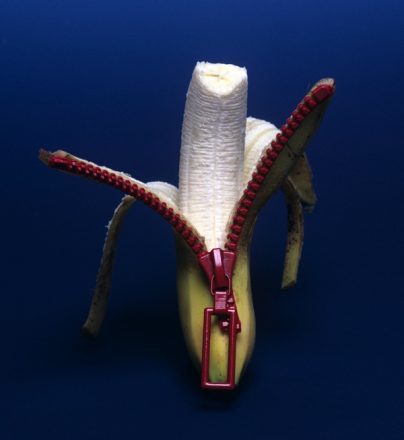Today’s eco-question: Could bananas and pineapples replace cotton and leather? The - Première Vision Paris - Denim Première Vision - Première Vision New York
It’s a widely-hyped idea, dangling a tantalizing solution to all our supply difficulties. Is the key to fashion’s problems sitting right on our plate?
A circularity advantage
There’s no denying that cotton and leather have an environmental impact, just like any other production.
The special appeal of new materials made from bananas, pineapples or apples is that they are part of a circular economy – turning a by-product of the agro-food industry into a new fashion resource. By creating collaborative networks between different industries, and optimizing the use of a given plant, these new materials can reduce our impact on resources.
Read also: Today’s eco-question: Can clothing made from natural materials be composted?

Closely study their design and development
Whichever raw material is chosen, acquiring a detailed understanding of its value chain remains the mainstay of eco-responsibility.
How is the material grown? Are these co-products blended with other resources? Which transformation processes are involved? What tools for measuring environmental impact and which corrective actions are put in place? What is the quality and durability of the finished product? Analyzing all these factors permits us to fully assess the strengths and weaknesses of each material.
These new products, as part of a “new generation” of materials, provide an opportunity to rethink production systems and redefine the scope of responsibility today.
Read also: Smart Key: Alternative plant-based materials
Playing up synergies
The current industrial output of these new materials means they can’t totally replace existing materials. Nonetheless, both in terms of design and expanding the spectrum of available materials, such alternatives can stimulate new thinking and broaden our possibilities.
So instead of pitting them against conventional materials, why not view them instead as one of our supply options?
They can help turn the tide and shift us away from our dependence on a handful of iconic fibers, whose use on a colossal scale has led to excess, while challenging conventional materials to rethink and transform their traditional models.
So whether it’s cotton, banana, leather or pineapple, proven low-impact or just a step in the right direction, take a hard look at every bit of information you can find!
